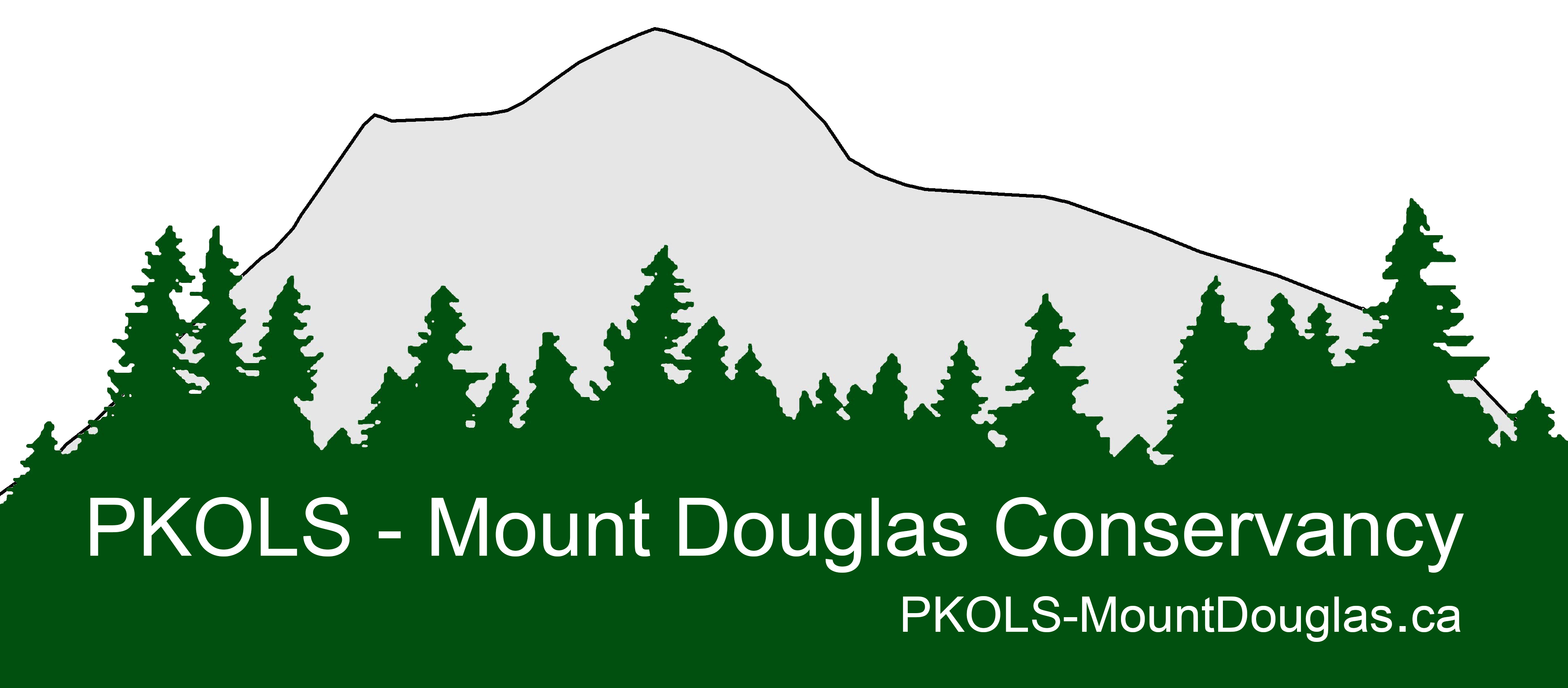In British Columbia, all species and ecosystems (also called ecological communities) are assigned to a list (Red, Blue, or Yellow) based on their Provincial Conservation Status Ranking.
Red List: Any species or ecosystem that is at risk of being lost (extirpated, endangered or threatened). This includes ecological communities with a Conservation Status Rank of SX, SH, S1, S1S2, or S2 (Source)
The Conservation Data Centre (CDC) assigns provincial Conservation Status Ranks that reflect how at risk species and ecological communities are of being lost in BC. These ranks can be used to inform conservation priorities.
Province of British Columbia: Conservation Status Ranks
The Government of British Columbia has assessed the ecological communities within PKOLS as either “S1” (Critically Imperiled) or “S2” (Imperiled). Subsequently, each of these ecological communities have been included on the Provincial “Red List,” signifying the highest level of conservation concern.
Eight ecosystems in PKOLS (Mount Douglas) are Red-Listed and at risk of being lost (extirpated, endangered, or threatened).
- EXTINCT: A species or ecological community that no longer exists.
- EXTIRPATED: The local extinction of a species in a particular geographic area or region although the species still exists elsewhere.
- ENDANGERED: A species or ecological community facing imminent extirpation or extinction.
- THREATENED: A species that is likely to become endangered if limiting factors are not reversed.
“Something people seem to forget is that extinction happens one extirpation at a time.”
Raincoast Conservation Foundation
The following table lists the red-listed ecological communities that encompass the entire boundaries of PKOLS (Mount Douglas)
| English Name | Scientific Name | Provincial Status Rank | BC List |
| Douglas-fir / Dull Oregon-grape | Pseudotsuga menziesii / Mahonia nervosa | S1 (2018) | Red |
| Douglas-fir – Arbutus | Pseudotsuga menziesii – Arbutus menziesii | S2 (2021) | Red |
| Western redcedar / Vanilla-leaf | Thuja plicata / Achlys triphylla | S1 (2013) | Red |
| Western redcedar / Osoberry | Thuja plicata / Oemleria cerasiformis | S1 (2006) | Red |
| Garry oak / Oceanspray | Quercus garryana / Holodiscus discolor | S1 (2004) | Red |
| Garry oak / California brome | Quercus garryana / Bromus carinatus | S1 (2022) | Red |
| Red alder / Slough sedge [Black cottonwood] | Alnus rubra / Carex obnupta [Populus trichocarpa] | S2 (2022) | Red |
| Grand fir / Three-leaved foamflower | Abies grandis / Tiarella trifoliata | S1 (2013) | Red |
The following document explores the ecosystems of PKOLS (Mount Douglas) in further detail:







